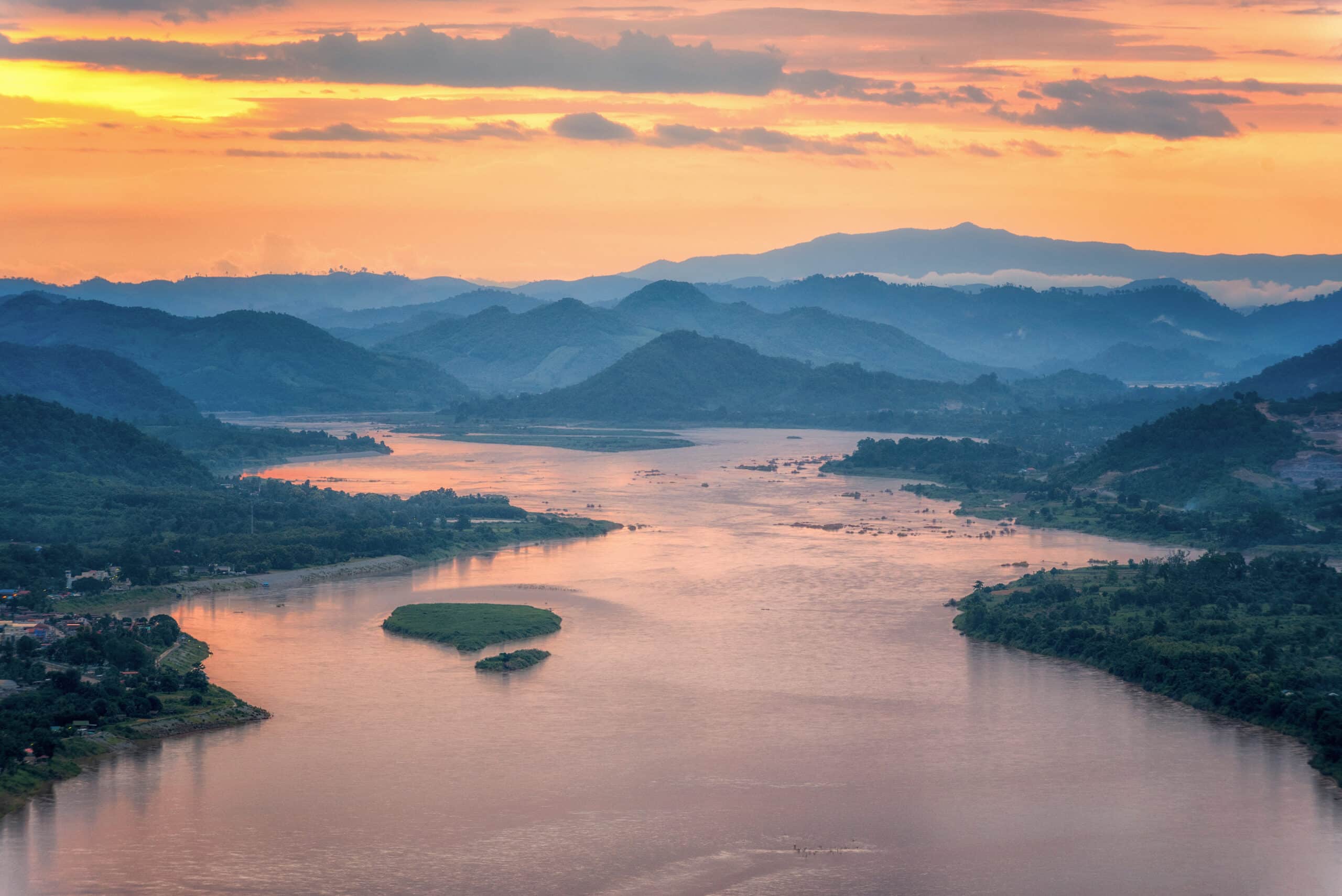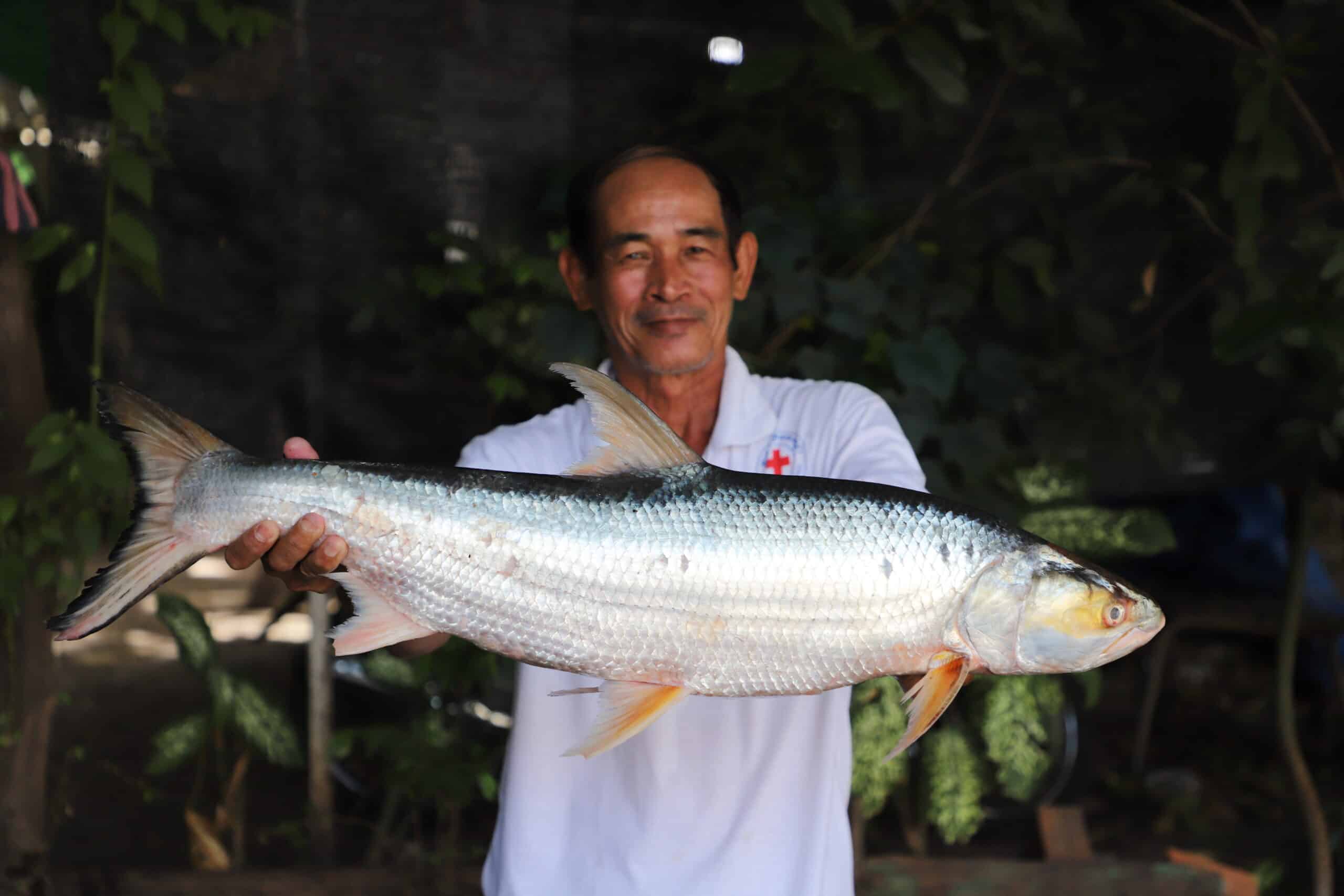While the world discusses how to save biodiversity at the CBD COP16 in Cali, Colombia, the rediscovery of the elusive Giant Salmon Carp, previously feared extinct and nicknamed the Giant Mekong Ghost Fish, was announced. The rediscovery of the large predatory fish represents an urgent call to action for all freshwater ecosystems (referred to as ‘Inland Waters’ by the Convention on Biological Diversity) and all the species, including humans, that rely on them.
A call to the COP:
Freshwater systems are the lifeblood of the planet and yet time and again they are neglected and overlooked. At this CBD COP, the voices of those concerned about freshwater continue to get louder. News of the Giant Salmon Carp’s rediscovery in the Mekong, a river vital to the everyday lives of millions of people, provides a rare opportunity to remind us all that freshwater biodiversity is at crisis point.
Delegates from around the world are currently in Cali, Colombia to set out plans for how to turn back the tide on catastrophic global biodiversity loss. The Carp’s rediscovery is a glimmer of hope that species feared extinct are still out there, surviving when the odds seem desperately stacked against them.
It is now up to policymakers to prioritise freshwaters, to ensure we do not lose this magnificent fish, and many hundreds of other freshwater wonders, forever.
Giant Salmon Carp rediscovered:
The ‘Mekong Ghost’ has been missing for nearly 20 years, and the team of scientists, led by researchers from the Inland Fisheries Research and Development Institute of the Cambodian Fisheries Administration, who rediscovered it deserve our congratulations. The Giant Salmon Carp (Aaptosyax grypus) – an ASAP species and one of SHOAL’s Priority Fishes under the 1,000 Fishes initiative – had not been documented since 2005 and was feared extinct. A few days ago, researchers published proof that the species has resurfaced in Cambodia, reigniting hope for its survival, and sparking calls for urgent conservation efforts to protect Southeast Asia’s Mekong River.
Their research, published in the journal Biological Conservation, emphasises the need for innovative conservation strategies to safeguard not only this species but the broader ecosystem of the Mekong, which has been termed a “fish superhighway” and is home to some of the largest freshwater fish on Earth.
“The rediscovery of the Giant Salmon Carp is a reason for hope, not just for this species but for the entire Mekong ecosystem,” said Bunyeth Chan, lead researcher from Svay Rieng University in Cambodia. “The Mekong ecosystem is the most productive river on Earth, producing over two million tons of fish per year.” The Mekong River holds staggering diversity, with more than 1,100 fish species alone, around 25 per cent of which are found nowhere else on Earth. The Giant Salmon Carp is one of the 90 Critically Endangered ASAP freshwater fish species and one of the five large migratory ASAP species that SHOAL and the Asian Species Action Partnership (ASAP) is working to conserve.
“The rediscovery of the Giant Salmon Carp is a reason for hope, not just for this species but for the entire Mekong ecosystem.”
Bunyeth Chan – Lead researcher, Svay Rieng University in Cambodia.
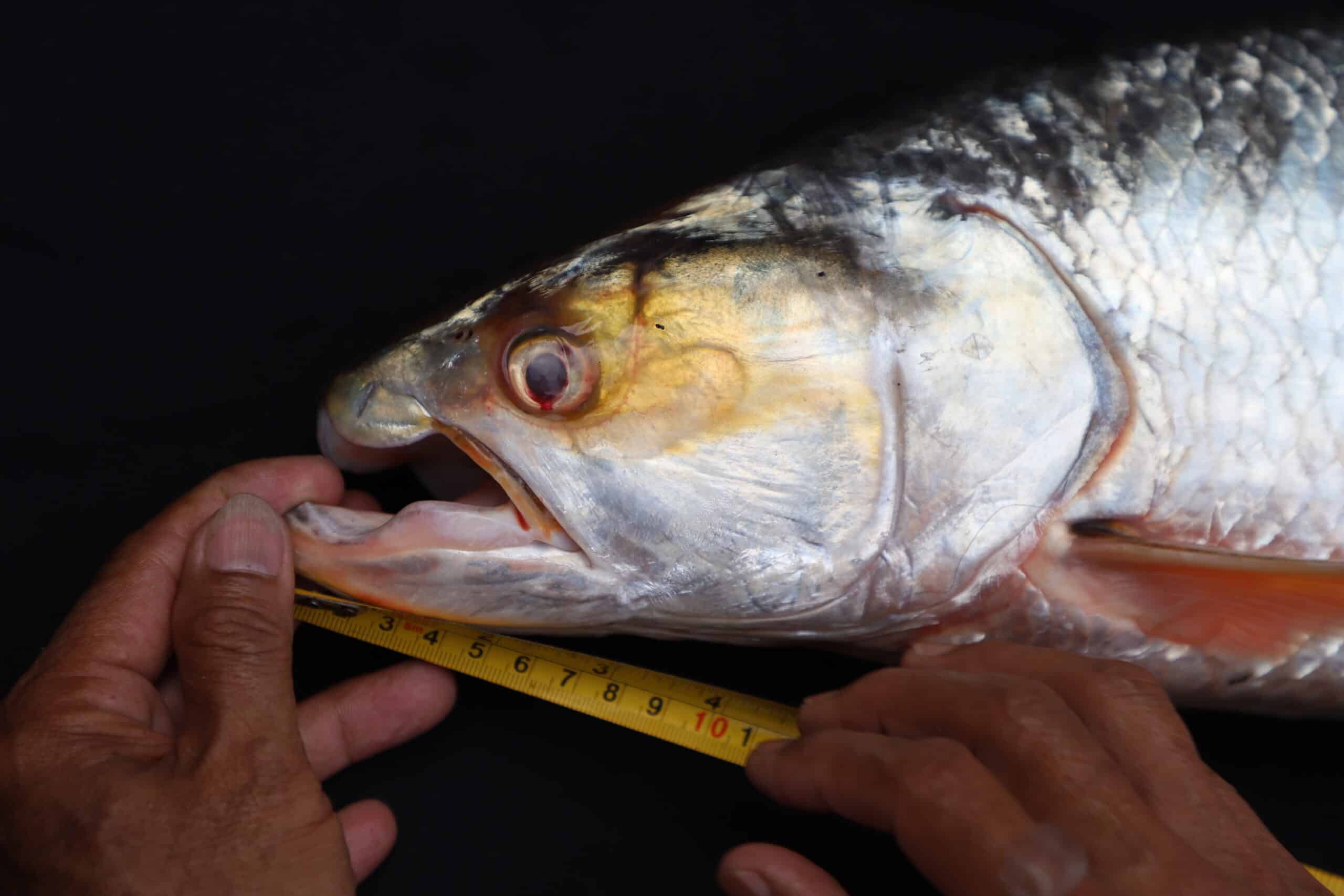
“The biodiversity of the Mekong is truly unique, and we must intensify our efforts to study and protect it,” Heng Kong, co-author of the study and director of the Inland Fisheries Research Institute in Cambodia, said. “Species like the Giant Salmon Carp are irreplaceable, and without concerted action, they could disappear forever.”
“It’s a striking fish, up to six feet long, with a hooked, s-shaped jaw and the body and bright scales of a salmon,” said Zeb Hogan, a co-author of the study and director of the Wonders of the Mekong programme at the University of Nevada, Reno. “It’s the only species in its genus of an evolutionary distinct form of large-bodied, predatory carp.
“Aaptosyax numbers are very low, and we don’t know how many populations remain, or if they are connected,” Hogan said. “The rediscovery means that with coordinated international action it may still be possible to save the species from oblivion”.
“The rediscovery provides a nice entry point to discussing some of the larger Mekong controversies and scientific knowledge gaps. It highlights the extraordinary diversity of the Mekong River, its elusive and unusual creatures, their life cycles and habitats shrouded in mystery, and species on the verge of vanishing forever. The rediscovery is a call-to-action. It’s a reason for a change in course: new science, new protections, new partnerships that can bring species – and the Mekong River – back from the brink. It’s a story with significant environmental and economic implications because the Mekong River is home to rich biodiversity and a USD 10 billion fishery”.
The research team are calling for continued community-engaged research. The USAID-funded Wonders of the Mekong programme, working in close collaboration with the Cambodian Department of Fisheries, has successfully involved local fishers in conservation efforts since the programme began in 2017. By partnering with people who live along the Mekong and its tributaries, researchers hope to continue to gather critical information on the Carp’s habitat and behaviour.
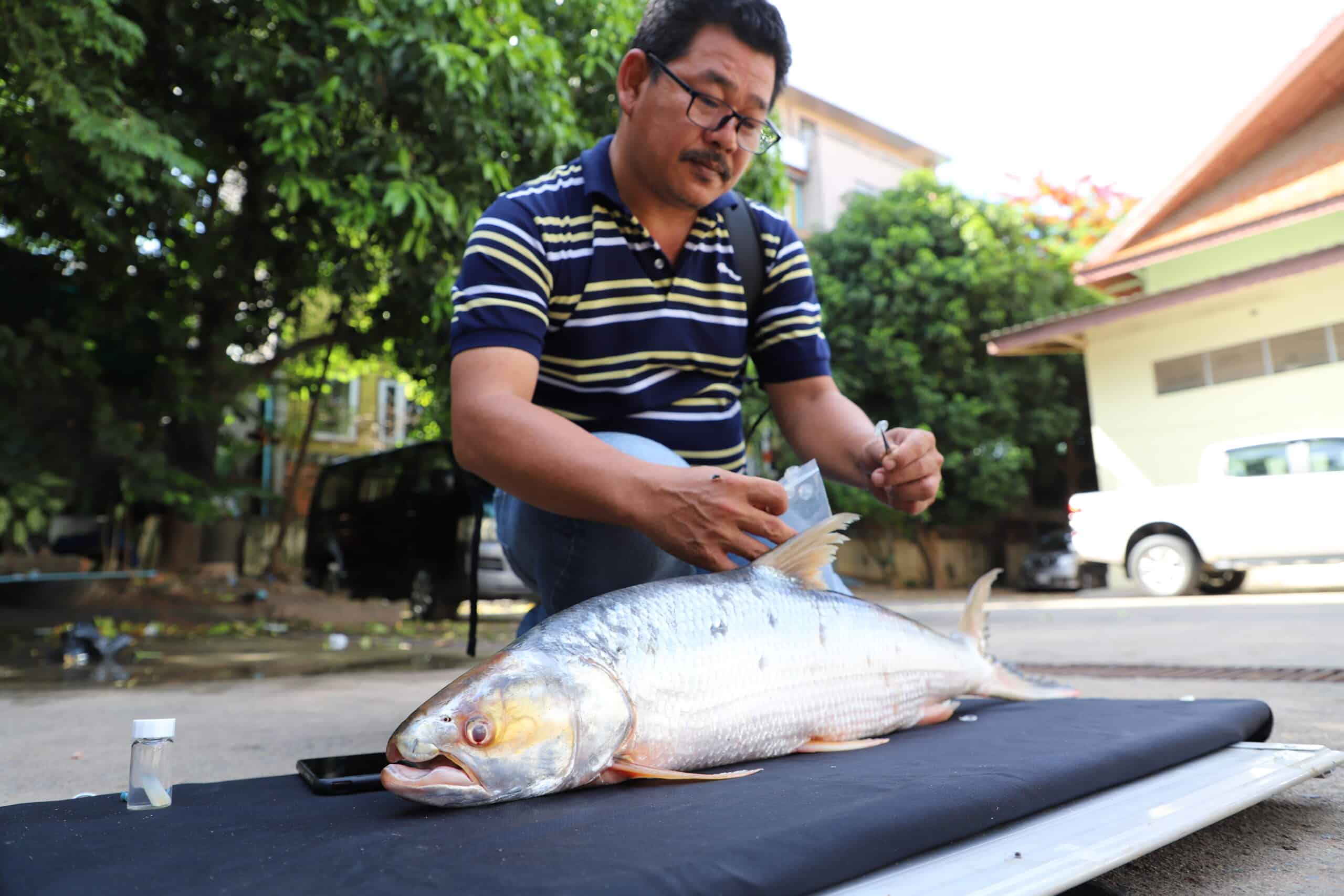
“Local fishers possess invaluable ecological knowledge and could be pivotal in identifying key habitats and establishing conservation zones,” said Sébastien Brosse from the Université Paul Sabatier in France, one of the study’s coauthors.
The Mekong River is a global priority for freshwater biodiversity conservation, and the Giant Salmon Carp is a powerful reminder of the rich biodiversity still present there. However, habitat degradation, overfishing and dam construction have caused widespread harm to the river and its species. Climate change poses a new and growing threat, as the region faces more prolonged drought and more severe floods. To address these issues, scientists are calling for a comprehensive, multi-faceted conservation strategy.
“Protecting its habitat would not only secure the future of this rare megafish but could also support other endangered species in the region, contributing to the overall health of the Mekong’s freshwater biodiversity,” Michael Grant, of the Center for Sustainable Tropical Fisheries and Aquaculture in Australia, said.
There is no time to waste. With the Mekong in such desperate decline, concerted and urgent impactful conservation work is needed. SHOAL currently has six projects running in the region, directly conserving at least four Critically Endangered freshwater fish species, including the Redtail Sharkminnow and the Jullien’s Golden Carp, another migratory Mekong giant.
The Wonders of the Mekong programme has done incredible work to rediscover the Giant Salmon Carp, raise urgent awareness of the plight of Mekong biodiversity, and engage local communities and international networks in vital conservation work. As a result of the rediscovery, the Cambodian Fisheries Administration has added the Giant Salmon Carp to its list of protected species. Ultimately, the survival of the species—and the Mekong’s biodiversity—depends on coordinated efforts across borders.
It is essential to the health of the planet that policymakers urgently step up and prioritise these efforts.
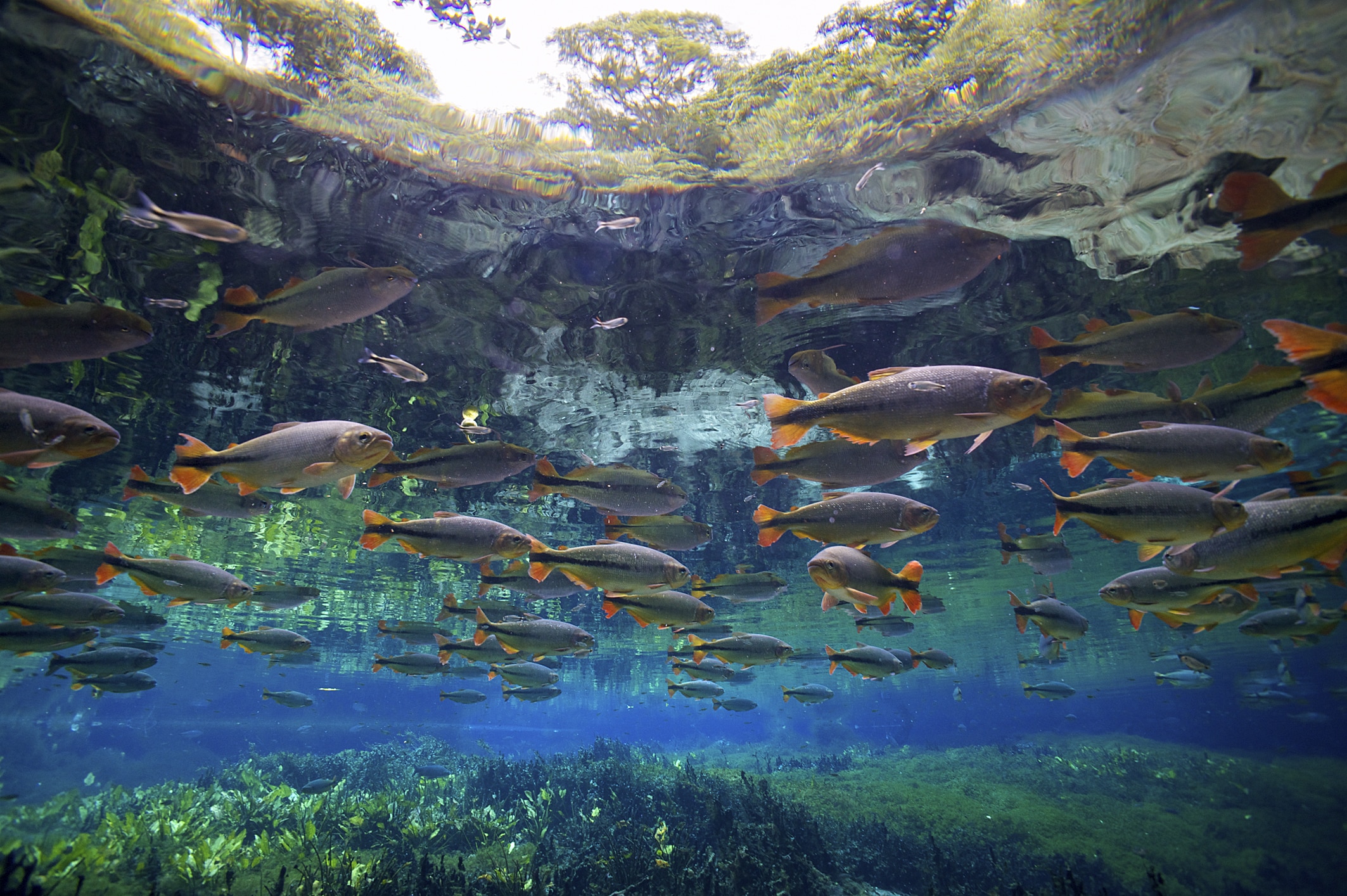
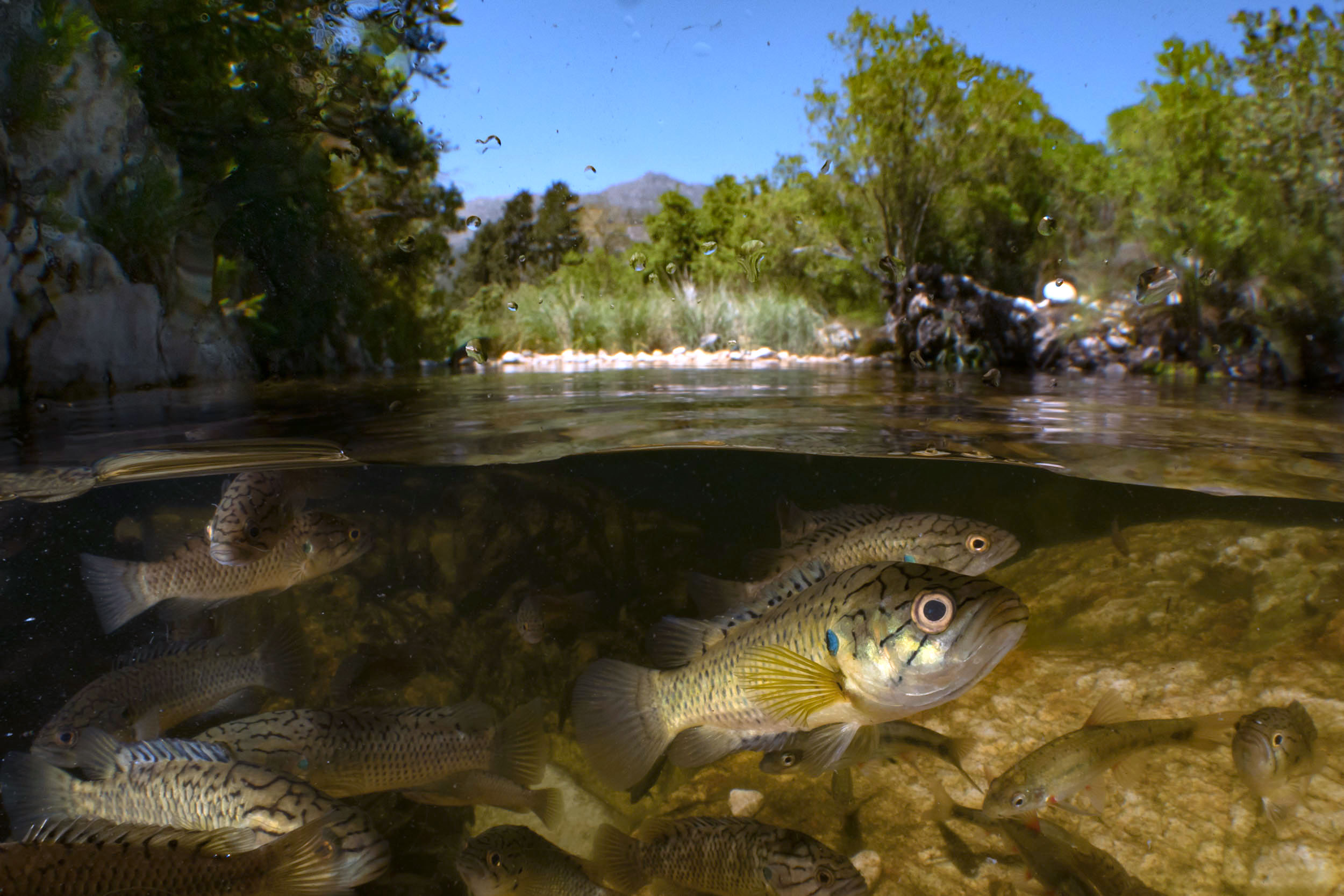
)
)
)
